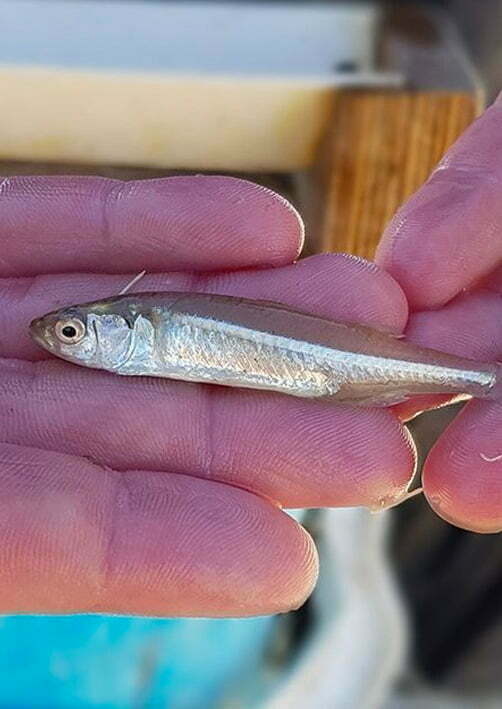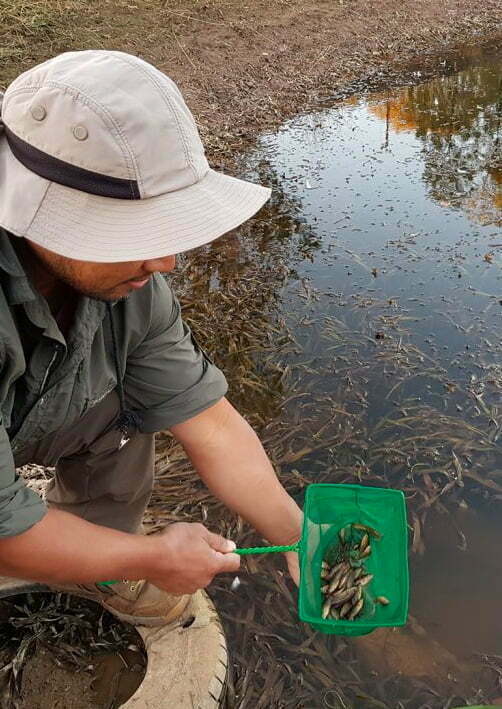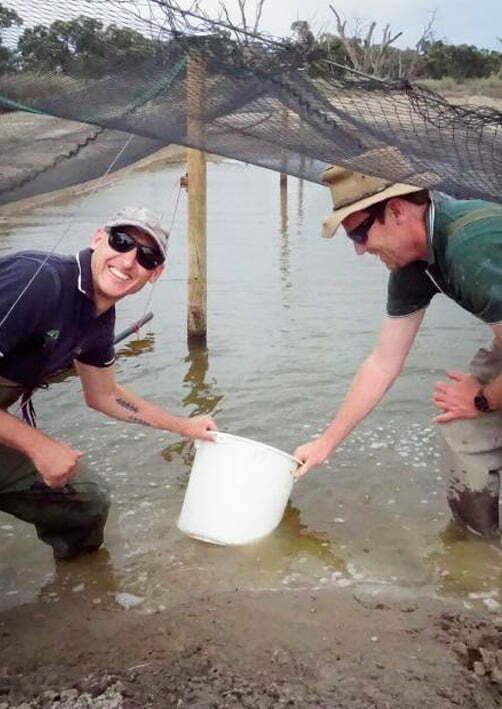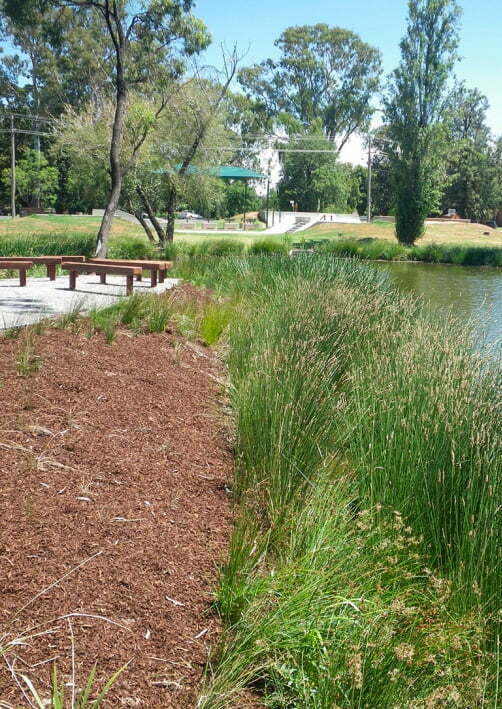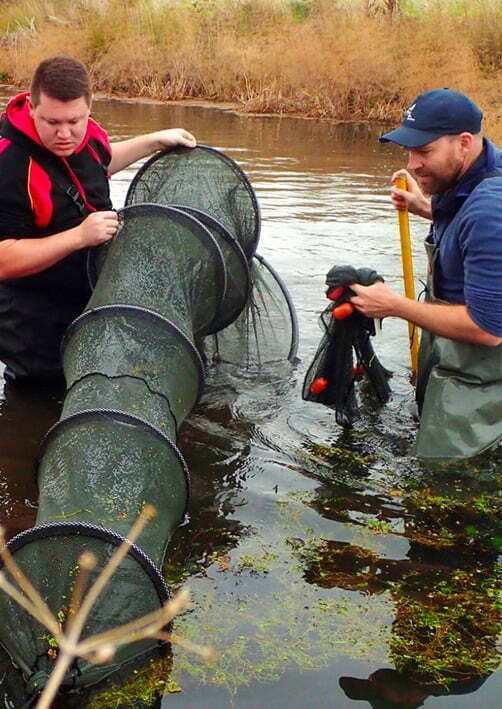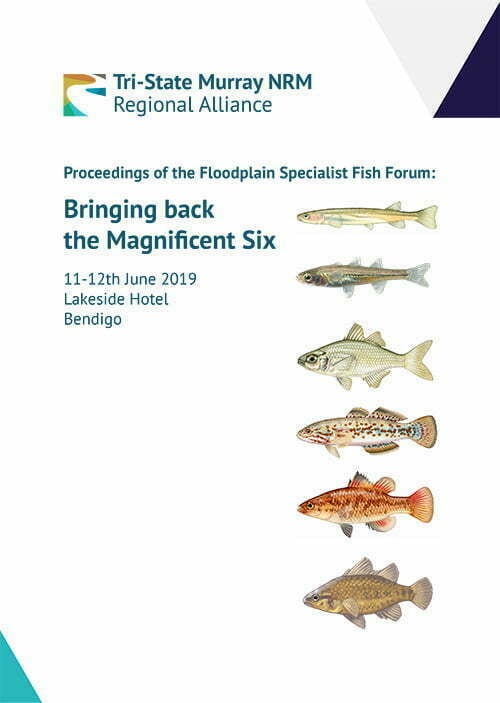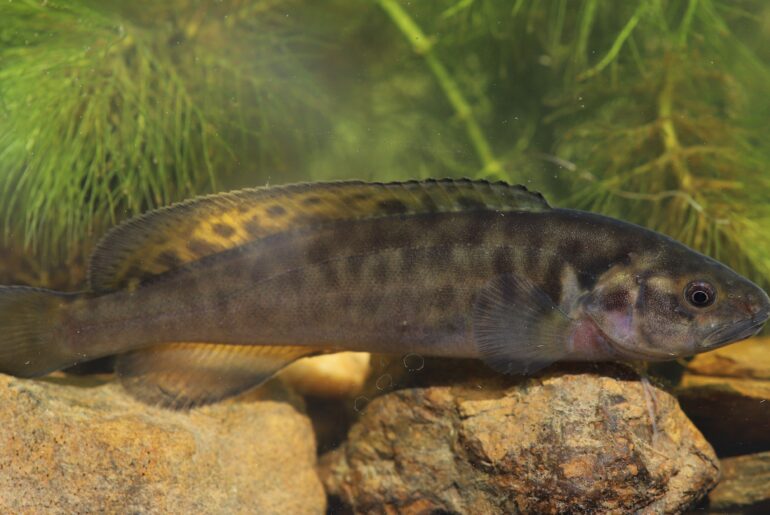The Tri-State Murray NRM Regional Alliance is developing a proposal to recover six threatened floodplain specialist fish species in the Murray Corridor. As part of the proposal development process, a forum was held in Bendigo to bring together experts and waterway practitioners to share the latest information and management approaches being used to address the plight of the Murray hardyhead, Olive perchlet, Flat-headed galaxias, Yarra pygmy perch, Southern purple spotted gudgeon and Southern pygmy perch. The forum ran over two days, with the first day covering the status of each of the fish species, as well as some of the ways in which different groups are attempting to support the revival of these fish in different parts of the Murray Corridor. The second day used a workshop format to get the views of forum participants on the priorities needing to be addressed in the proposal document.
Introduction
A welcome to country was provided by Rhianna Kerr from the Dja Dja Warrung people, in which she encouraged forum participants to explore Bendigo, and value the region’s social, cultural and environmental heritage. Rhianna was followed by an address from Gamilaroi man, and World Fish Migration Day Ambassador Phil Duncan, who appealed to forum participants to combine Aboriginal and Western knowledge, work together, and build on the strengths of the past, in order to bring back the ‘Magnificent Six’. Brad Drust, Chief Executive Office of the North Central Catchment Management Authority then spoke about the purpose of the Tri-state Alliance and how the forum will underpin the ongoing development of this important initiative. Brad also announced the launch of a new video produced through the Tri-State Alliance to raise awareness about ‘The Magnificent Six’.
What is the Tri State Alliance?
We want fish numbers to grow and species to extend their range and be resilient to disturbance events. We need to strategically protect and connect the existing high-quality habitats by securing agreement to the management and use of these habitats across the Murray River corridor. The Tri-State Alliance spans Victoria, New South Wales and South Australia, with government and non government organisations coming together to work at scales relevant to the fish needing recovery. Together, we believe we can save native fish in the Murray Corridor and we are looking for partners, rather than jurisdictions operating in isolation. By working together we can enable knowledge sharing, adaptive management, and capitalise on our combined skills, resources and research between Tri-State and partner organisations.
To find out more please download the prospectus, or contact the Tri-State Alliance Executive Officer on 0419 130 719.
Session One: Status and Research
This session covered the status of each of the six fish species in the Murray Corridor, including recent research, knowledge gaps and some genetics work on Southern purple spotted gudgeon and Olive perchlet. An analysis of these six species has been prepared by Whiterod etal entitled ‘The present status of key small-bodied threatened freshwater fishes in the southern Murray-Darling Basin, 2019’, which is provided here as a free download.
In the interests of sharing forum proceedings widely, each of the presentations has been developed into a Finterest with a summary of key points, photos and references for further information provided.
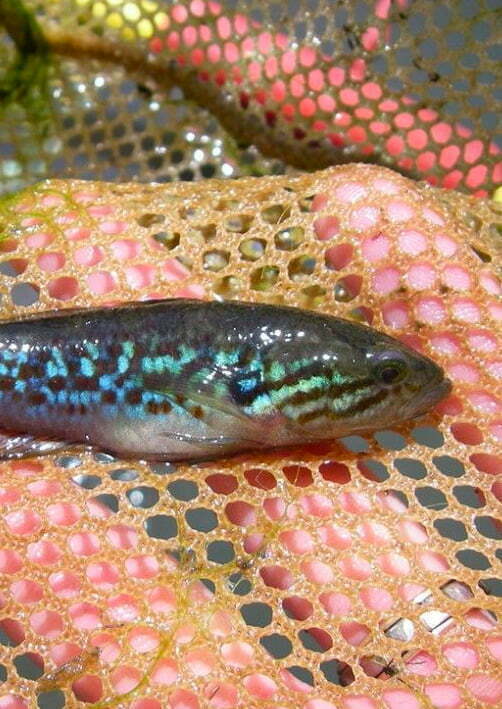
Southern purple spotted gudgeon and Olive perchlet – recent genetics work. (Peter Unmack – in progress)
Recent research, knowledge gaps and the status of Flatheaded galaxias (Tarmo Raadik – in progress)
Session Two: Management success and failures
Stories were shared in Session Two about different management approaches to breeding, creating habitat and supporting the recovery of the ‘magnificent six’. Wetland restoration, working with landholders to release fish into farm dams, and other translocation strategies were discussed, as well as the need for clearer guidelines and expectations as they relate to the breeding and release of fish in different jurisdictions. This session showed very clearly the enormous potential for landholders and communities to get involved in ‘bringing back the Magnificent Six’.
Session Two presentations are also provided as articles on the Finterest website
At the end of Day One, forum participants were asked how they wanted to use the following morning’s discussion opportunity. A number of topics were suggested, and these were organised into two sessions.
Day Two: Workshop Discussions
Following a wide ranging discussion on Day One, two areas of discussion were used to structure the workshop for Day Two. Forum participants were broken into groups of 5-6 people, with a mix of researchers, waterway managers and community group representatives to ensure the conversation could encompass a number of different perspectives on the same issue. Each group was facilitated by a catchment management authority representative who undertook to scribe and report back to everyone at the end of each discussion. The proceedings of Day Two are provided here as a download, with work now underway to review recommendations and prioritise next steps.
If we are to ‘bring back the Magnificent Six’ we are going to need the Tri-State Alliance to attract resources, including funding, people and organisations. If you are interested in getting involved then please get in touch with Peter Rose from North Central Catchment Management Authority.
Get a copy of the forum proceedings, including session notes and all the articles sharing the latest information and management approaches being used to address the plight of the Magnificent Six.
You can download the document by clicking on the image.



